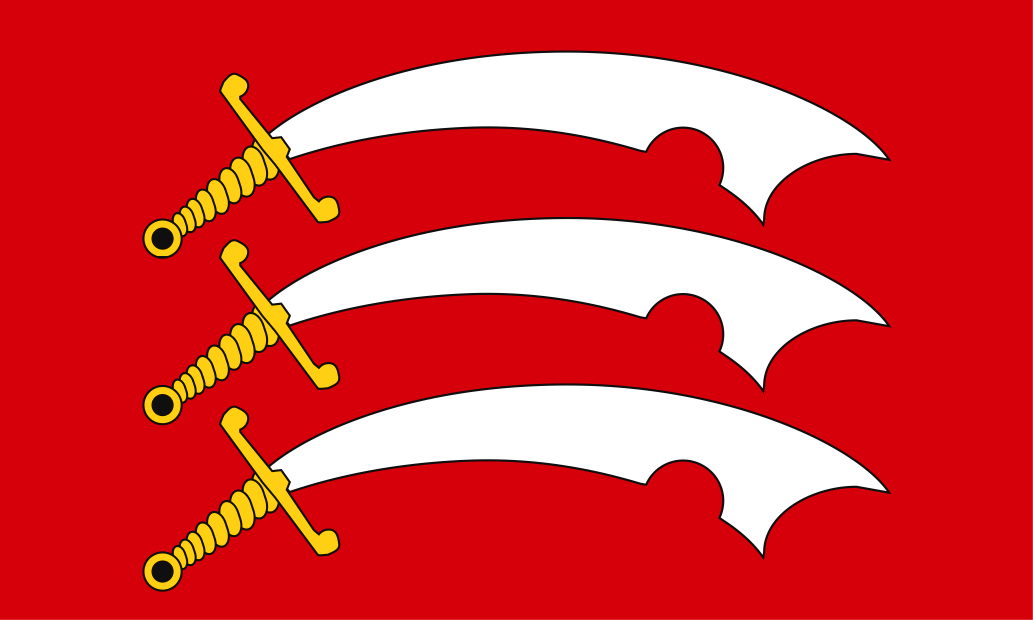Essex is full of contrast. The south-west of the county (including Romford, Dagenham, Woodford, Leyton, West Ham) lies within the London conurbation, and the heavy industry which serves it, particularly on the lower Thames reaches. Along the Thames estuary new towns and modern housing developments have spread and are still spreading irresistibly to produce almost a continuous line of occupation from London to Southend, linked with motorways and arterial roads.
However beyond this urban zone Essex retains scenic countryside and charming villages. Epping Forest, though close to the London spread, has remained largely unspoiled. The Essex coast, ragged, indented by river estuaries (the Colne, the Blackwater, the Crouch) and full of tidal marshes, with low islands off the coast, is ever changing, losing land to the North Sea or gaining it. Indeed Essex is bounded by water on all four sides. To the north its border with Suffolk is the Stour, to the south it follows the Thames down from Leamouth out into its estuary and the sea. The county’s western border with Middlesex, is the River Lea.
Largely flat though it is, Essex rises in the north-east with low chalk hills and winding valleys, particularly around the Chishills near the Cambridgeshire border, beyond which the scarp plunges again at the county border.
County Town: Chelmsford
Main Towns: Barking, Basildon, Colchester, Dagenham, Chelmsford, Harwich, Illford, Maldon, Romford, Saffron Waldon, Southend-on-Sea, Stansted Mountfitchet, Tilbury, Tiptree, West Ham, Woodford.
Main Rivers: Stour, Blackwater, Lea, Colne, Chelmer, Crounch, Roding.
Highlights: Castle Hedingham; Colchester roman remains; Waltham Abbey.
Highest Point: High Wood (nr Langley) (Chrishall Common), 482 feet (TL 443 362).
Area: 1,542 square miles
County Flower: Common Poppy



